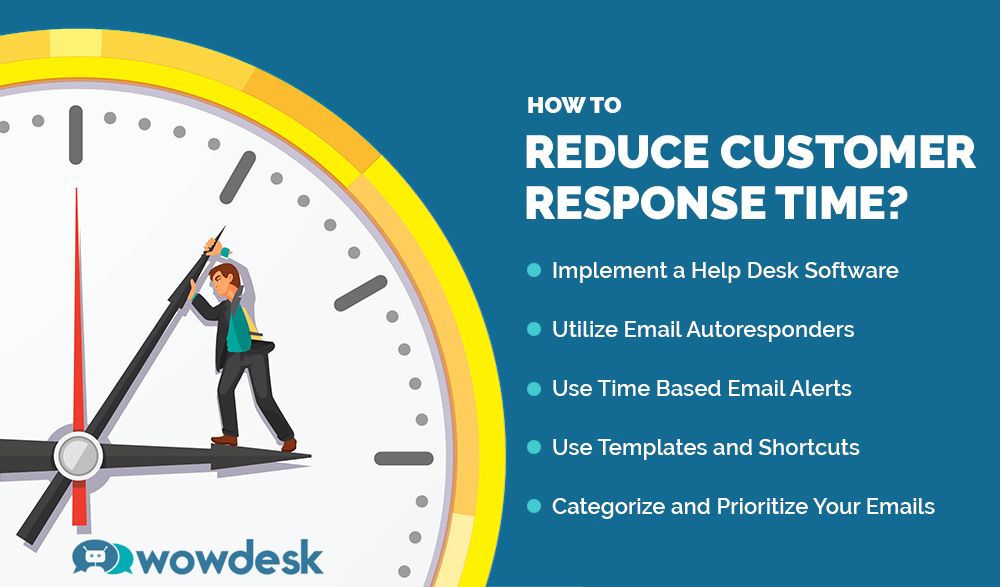How to Improve Your Response Time in Customer Service
Providing excellent customer service is essential for any tech company looking to build a loyal customer base. One of the key factors in delivering exceptional customer service is response time. Customers expect quick, efficient responses to their inquiries, and failing to meet this expectation can result in negative feedback and a loss of business. In this article, we will discuss some strategies you can implement to improve your response time in customer service.
Utilize Customer Service Software
Investing in customer service software can streamline your support process and help your team respond to inquiries more efficiently. These tools typically include features such as ticket management, live chat, and automation, allowing you to prioritize and organize customer inquiries effectively. By using customer service software, you can track response times, ensure no inquiry falls through the cracks, and provide a more personalized experience to your customers.
Implement Automation
Implementing automation in your customer service process can help reduce response times significantly. You can set up automated responses for common inquiries, allowing your team to focus on more complex issues. Additionally, you can use automation to route inquiries to the right department or team member, ensuring that every customer receives a prompt and accurate response.
Train Your Customer Service Team
Proper training is essential for improving response times in customer service. Ensure that your team is well-versed in your products or services and understands how to address customer inquiries efficiently. Provide your team with the necessary tools and resources to respond to inquiries quickly, such as templates for common responses and access to customer data. Regular training sessions can help your team refine their skills and stay up to date with the latest customer service trends.
Set Clear SLAs
Setting clear service level agreements (SLAs) can help manage customer expectations and ensure timely responses. Define specific response times for different types of inquiries, such as technical issues, billing questions, or general queries. Communicate these SLAs to your customers through your website, email communications, or chatbots, so they know what to expect when reaching out to your customer service team.
Monitor and Analyze Metrics
Regularly monitoring and analyzing customer service metrics can help you identify areas for improvement and track the effectiveness of your efforts to improve response times. Key metrics to consider include average response time, first response time, and resolution time. Use this data to identify bottlenecks in your customer service process, allocate resources effectively, and make informed decisions to optimize your response times.
Encourage Feedback
Encouraging feedback from your customers can provide valuable insights into how you can improve your response times. Implement surveys or feedback forms to gather information about your customers’ satisfaction with your customer service process. Use this feedback to identify areas for improvement, address any pain points, and continuously refine your approach to delivering exceptional customer service.
Conclusion
Improving your response time in customer service is crucial for building trust and loyalty with your customers. By utilizing customer service software, implementing automation, training your team, setting clear SLAs, monitoring metrics, and encouraging feedback, you can enhance your response times and deliver a superior customer experience. Remember that quick, efficient responses are key to keeping your customers happy and ensuring the success of your tech business.
Implement these strategies, and you’ll be well on your way to improving your response time in customer service and setting your tech company apart from the competition.


